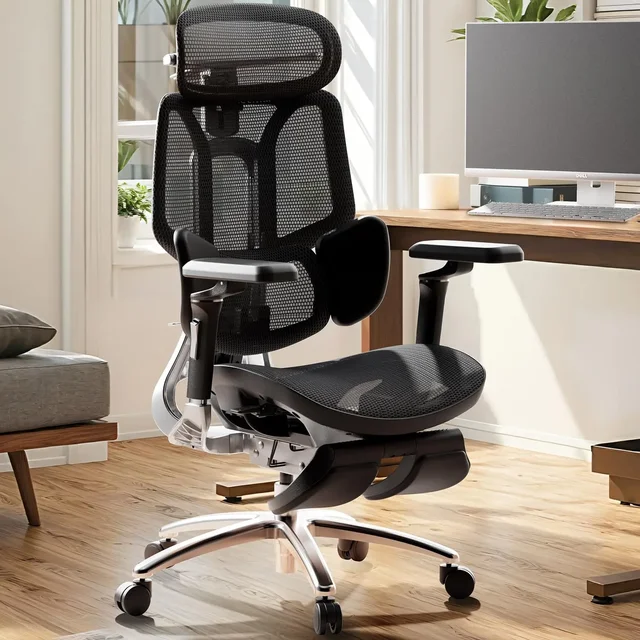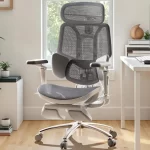Choosing the right chair for your workspace is a critical decision that can significantly impact your productivity, comfort, and overall well-being. With numerous options available, it’s essential to understand the differences between task chairs and office chairs. This article delves into their features, advantages, and the appropriate use cases for each, helping you make an informed choice.
Understanding Task Chairs
Task chairs are designed for short to medium-term tasks and typically offer more flexibility and mobility. They are often smaller and lighter than traditional office chairs, making them easier to move around. These chairs are primarily intended for tasks that require frequent position changes, whether for collaborative projects, meetings, or switching between various workstations.
Features of Task Chairs
Task chairs often come with basic ergonomic features like height adjustable seats, swivel capabilities, and caster wheels for mobility. Many task chairs lack the complex adjustment features found in more extensive office chairs. They tend to have a streamlined design focused on functionality without extensive support for the back and neck found in office chairs. This makes task chairs adaptable to different work environments, allowing users to easily shift their focus between tasks, whether at a desk, a meeting table, or a collaborative workspace.
Benefits of Task Chairs
One significant advantage of task chairs is their affordability. Compared to traditional office chairs, task chairs are generally more budget-friendly. They also occupy less space, making them ideal for smaller home offices or workspaces where mobility and flexibility are critical. Moreover, their lightweight design encourages users to stand up and take breaks, which can enhance overall productivity and reduce fatigue.
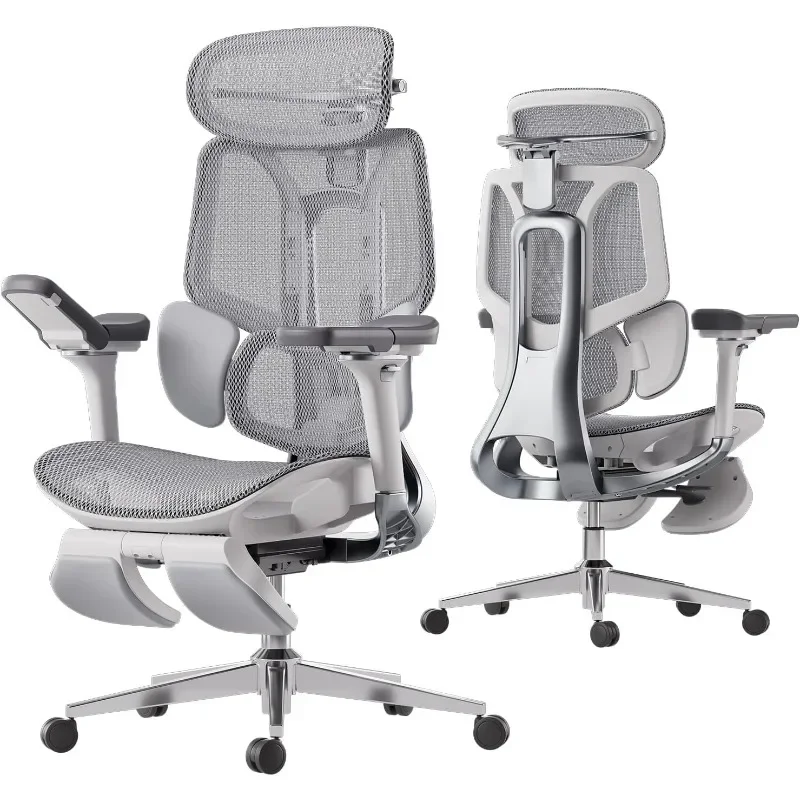
Grasping Office Chairs
Office chairs are designed for long-term comfort and support, focusing on ergonomics to promote a healthy sitting posture during extended periods. They cater to environments where individuals work at their desks for most of the day, thus requiring enhanced features that not only support the body but also encourage productive work habits.
Features of Office Chairs
Office chairs typically come equipped with a variety of adjustable features, including seat height, armrest height, backrest angle, and lumbar support. These versatile adjustments allow users to personalize the chair to their body dimensions, thus minimizing strain during prolonged periods of work. Many office chairs also include features such as adjustable headrests, 360-degree swivel functions, and reclining capabilities, further contributing to user comfort and adaptability.
Benefits of Office Chairs
The primary advantage of office chairs is their focus on long-term health benefits. Proper lumbar support can help prevent back pain and skeletal issues associated with prolonged sitting. Additionally, the adjustable features allow users to adapt the chair to their unique body shapes and sizes, providing greater overall support. Investing in a quality office chair can lead to improved productivity and concentration by ensuring comfort throughout the workday.
When to Choose an Office Chair
If your work involves sitting at a desk for long periods, an office chair is often the smarter choice. It provides the necessary support to mitigate fatigue and discomfort, ultimately fostering a more productive work environment. For professionals engaged in detailed tasks requiring deep focus over extended periods, the investment in a quality office chair can result in substantial long-term health benefits.
Comparing Comfort and Ergonomics
Both task chairs and office chairs aim to enhance user comfort; however, their approaches vary significantly due to design intents. Task chairs offer basic comfort suitable for shorter work durations, while office chairs are built for extended use, emphasizing ergonomic features.
Comfort Aspects of Task Chairs
Though task chairs may lack extensive ergonomic features, they still provide adequate comfort for users on a budget or those needing flexibility for dynamic tasks. They can be padded for more immediate comfort, making them suitable for quick, collaborative efforts. However, prolonged use may lead to discomfort due to limited adjustability and lumbar support.
Ergonomics in Office Chairs
In contrast, office chairs often feature comprehensive adjustable settings tailored to the user’s body. With lumbar support systems, adjustable armrests, and seating positions, they aim to prevent repetitive strain injuries and chronic discomfort. Office chairs enhance posture during extended work hours, ensuring that users are supported throughout the day. The inclusion of high-quality materials often results in better breathability, temperature regulation, and overall durability.
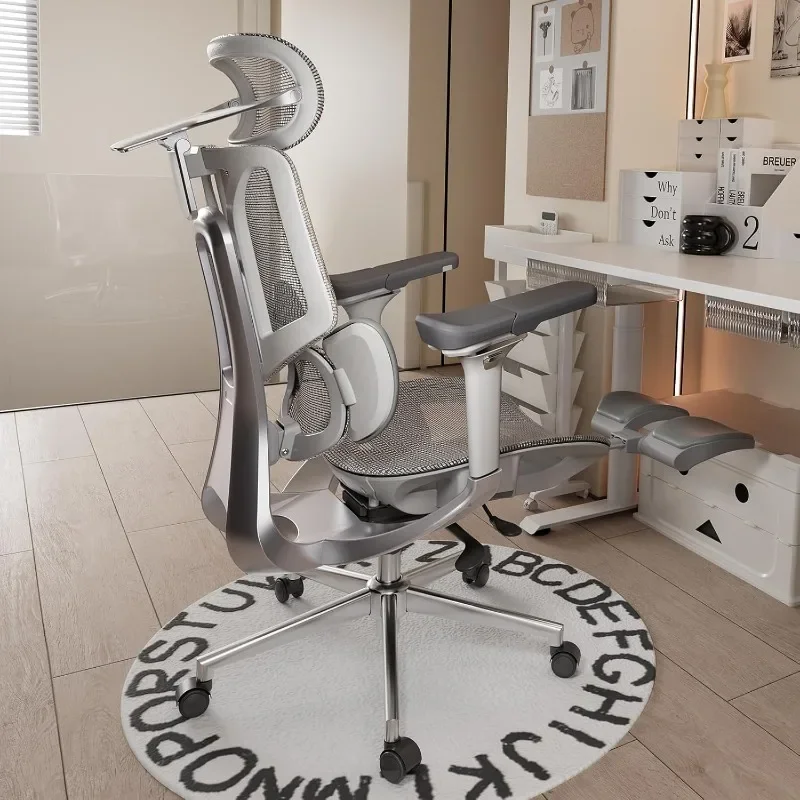
Aesthetic and Design Considerations
The aesthetic of your workspace can significantly influence your productivity and mood. Therefore, the design and look of task chairs and office chairs can play an important role in your decision-making process.
Task Chair Design
Task chairs come in various styles, colors, and materials, allowing for a more diverse range of designs that can suit different office aesthetics. Thanks to their simpler structure, task chairs often present a sleek, modern look. This can make them aesthetically appealing, especially in collaborative environments or creative spaces.
Office Chair Design
On the other hand, office chairs are available in several designs, from classic leather to contemporary mesh styles. Many office chairs incorporate features that make them look more professional, suitable for formal office environments. The vast choice allows you to select an office chair that not only meets functional needs but retains pleasing visual appeal.
Budget Considerations
When deciding between a task chair and an office chair, budget often becomes a decisive factor. Pricing varies considerably based on multiple features, brand, and ergonomic adjustability, making it imperative to evaluate your spending power before making a selection.
Task Chair Costs
Generally speaking, task chairs are more budget-friendly, often available at lower price points. Many basic models can be purchased for under $100, making task chairs an excellent option for budget-conscious professionals. However, while affordability is a strong point, the trade-off may come in terms of longevity and support capabilities.
Office Chair Expenses
Investing in an office chair typically requires a more substantial financial commitment. High-quality office chairs, particularly those designed for ergonomics, can cost anywhere from $200 to over $1,000, depending on brand and features. While this may seem steep initially, many users find that investing in a quality office chair pays off by reducing future medical expenses related to discomfort or back issues.
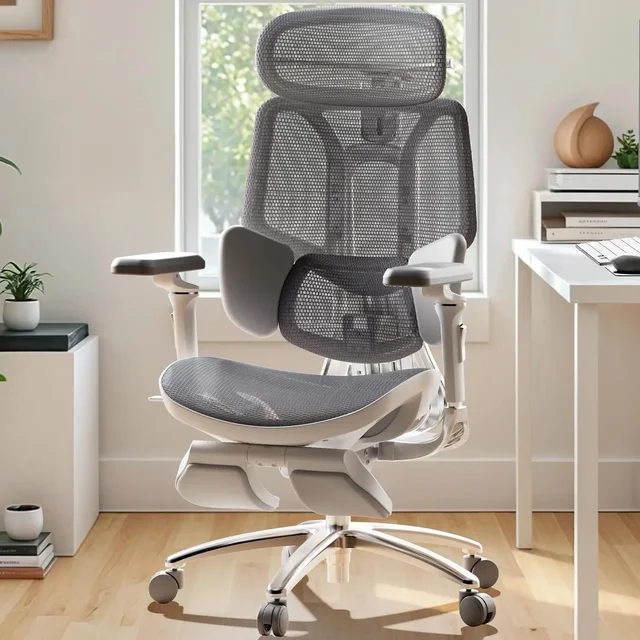
Hybrid Options: Striking a Balance
As work environments evolve, hybrid options that combine elements from both task chairs and office chairs are emerging as valuable alternatives. These chairs seek to incorporate flexibility while maintaining ergonomic support.
Features of Hybrid Chairs
The modern hybrid chair often boasts the lightweight and transportable aspects of a task chair while including the adjustable features of an office chair. Users benefit from the ability to customize seating and support without sacrificing mobility. These chairs also tend to be equipped with breathable materials, ensuring comfort during extended use, while also projecting a professional aesthetic.
When to Opt for Hybrid Options
For professionals who often shift their working style or need both mobility and support, hybrid chairs serve as a perfect solution. They can adapt to various tasks seamlessly, from moving between collaborative projects to settling into a more focused workspace. This flexibility proves advantageous for dynamic roles, where adaptability and comfort are priorities.
Evaluating Your Needs
Before making a final decision between a task chair and an office chair, it’s crucial to evaluate your specific workspace needs. Consider how much time you’ll spend seated, the nature of your work, and the versatility required from your seating solution.
Questions to Consider
Reflect on essential factors such as: Will you often collaborate with teams, requiring a more mobile chair? Are you engaged in extended periods of focused work that necessitate maximum support? What types of tasks demand your full attention versus those that require more movement? By scrutinizing these questions, you can align your choice with your work reality.
Conclusion: Finding Your Perfect Fit
In conclusion, the choice between a task chair and an office chair boils down to personal factors such as your work style, comfort preferences, and budget. A task chair may offer flexibility and mobility for dynamic environments, while an office chair provides long-term ergonomic support for those seated at their desks for most of the day. By assessing your specific needs and how a chair aligns with your work style, you can create a workspace that not only reflects your personality but also contributes to your productivity and health.
